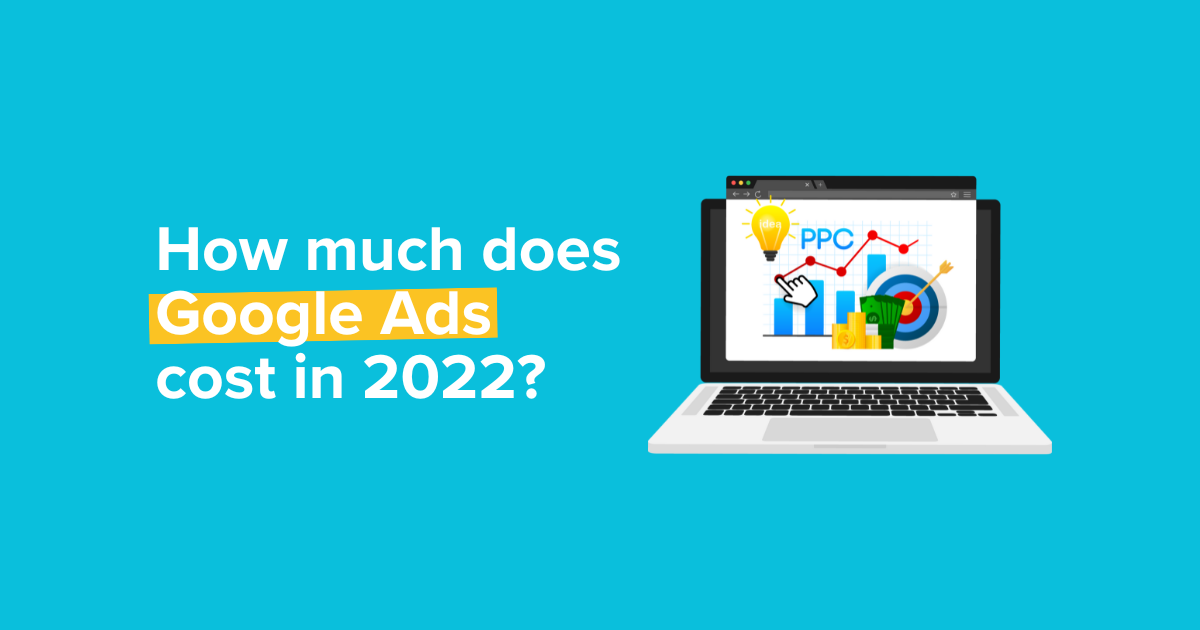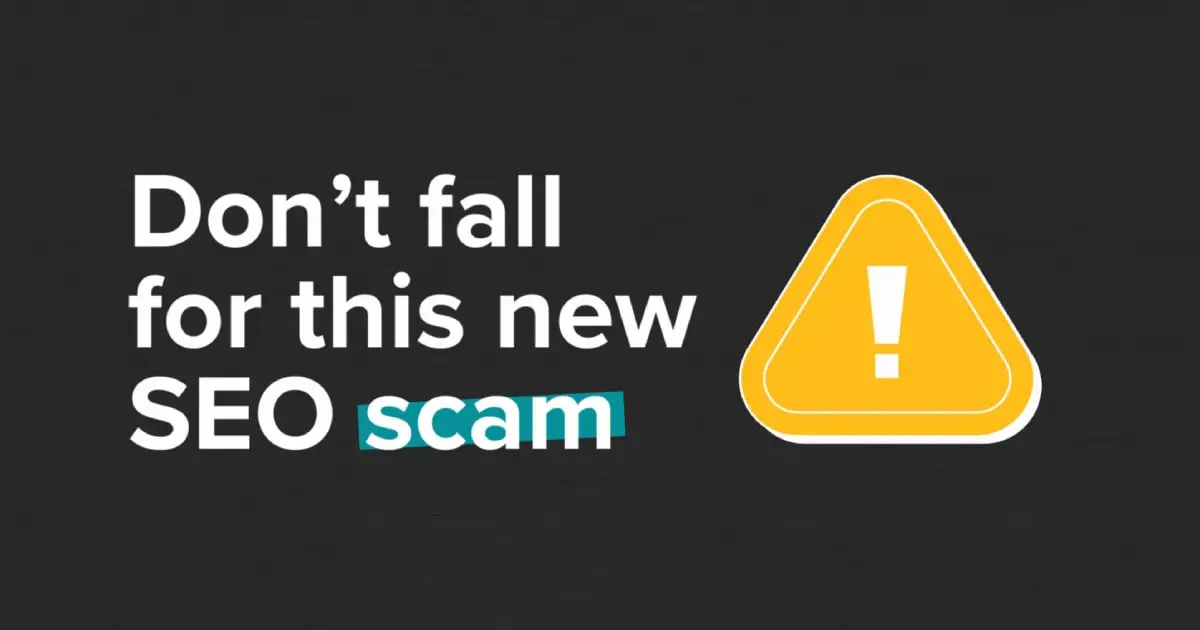


Mel Gibbons
16 March, 2021

Before you even begin to consider how much your Google Ads cost, take the time to define your campaign objective or goals as this will help you determine what type of Google Ads campaign will work best for you.
Do you want to increase sales? Target new customers or existing customers? Generate qualified leads? Drive potential customers to your website? Receive more phone calls? Create brand awareness? Garner subscriptions?
There is a range of campaign types when it comes to Google Ads and a good Google Ads agency can help you define which is best for you.. Your objective might best suit a shopping campaign, a search or display campaign, or YouTube might be the platform that provides optimal results. There is also the potential to run App campaigns. It will all depend on what you are trying to achieve. If you’re unsure how to define your campaign objectives and identify what type of campaign would work best to achieve them, a specialist in online marketing in Adelaide will be able to help you.
Just as there are factors that affect your Google ranking in search results, there is a range of factors that will influence the cost of your Google Ads and how your budget is spent:
Beyond these more technical aspects, there are also other external factors that will influence the cost of Google Ads. The customer buying cycle is one of these external key influencers. For example, bigger ticket items generally require a longer time for decision-making processes — and your business needs to remain top-of-mind throughout this journey. During this period a potential customer may visit your website multiple times, download information, participate in a webinar and take other actions before purchasing.
Current trends will also heavily influence the prices of Google Ads as businesses and customers change their behaviours to adapt to significant events. A global pandemic, for example, has proven to change buyer and business behaviour as people adapt to new health risks and a modified way of living — potentially for an indefinite period of time.
Now that you have an understanding of the factors that can influence Google advertising costs in Australia, you can start to define your campaign.
To ensure that your ads are served to a qualified audience you need to get your keywords right. PPC advertising means that you only pay for the keywords that you strategically bid on when someone clicks on your ad. If you can nail your search terms and targeted location, you’re halfway to reaching the right audience.
Using a keyword planner is a surefire way of taking the hard work out of finding the right keywords at the right cost.
Both Google and SEMrush are powerful platforms that can help you maintain a competitive advantage by combining essential keyword research tools to determine high-traffic keywords and their average cost-per-click.
Keyword planners will estimate the cost-per-click by comparing current costs for campaigns running featuring your target keywords and providing the average. Your actual cost-per-click may vary due to other factors, but the keyword planner will give you a rough idea of how much your keywords might cost.
Once you’re clear about the average cost-per-click of your target keywords, you can determine your daily budget.
Take your average cost-per-click (CPC) and multiply it by your daily goal. For example, an average CPC of $10 with a goal of 15 clicks per day equates to a daily budget of $150.
Keep in mind that you are only working with an average cost-per-click and that the daily cost may vary due to other variables such as high value, and converting keywords. Speak to a Google ads agency about how you can reduce your average cost-per-click.
Sometimes clicks aren’t the best or only way to measure the success of a campaign, particularly when end results — conversions and sales for example — are what people really want to see.
If you already know your website’s conversion rate, you can reverse engineer your Google Ads costs.
As an example, if your website’s conversion rate is 10% (which means that for every ten visitors there is one conversion) and you want two conversions per day, you will need a sufficient budget for at least 20 clicks every day. So, if your average CPC is $5 and you need 20 Clicks to achieve your goal of two conversions, your daily budget needs to be $100.
The options for customising marketing campaigns in Google Ads is almost limitless and the array of targeting options available can have a big impact on your average cost-per-click.
Device targeting is one way of narrowing or broadening your target audience which will affect your cost-per-click and is a reason why you need to consider the relevance of all channels when determining your marketing campaign and estimating cost-per-click.
Suppose you are using only one channel to estimate your Google Ads campaign costs, you may be underestimating the overall cost of a campaign that incorporates more devices. Your digital marketing services provider should check conversions for every device type for more accurate costs.
Though your ads will still go through the auction process, ad scheduling is used to specify when you want your ads to be displayed.
This tool is particularly useful for local businesses that want to attract customers to a physical location. For example, if your business closes at 4 pm, you may not want to target customers outside of your business hours.
Ad scheduling also allows you to have ads appearing throughout the day but dedicate more budget to ads appearing during your business hours.
Small budgets and reducing costs are often a reality and there are ways to do with Google Ads while still remaining competitive — and quality score is one such way. Google uses quality score as one factor in determining cost-per-click. The quality score for cost-per-click is affected by:
Search engines such as Google, reward advertisers with quality ad content and landing page experiences with a high-quality score — which can then reduce cost-per-click.
Incorporating local or location keywords into your search terms will also help reduce your average cost-per-click. For example, ‘dental clinic Adelaide’ or ‘dental clinic + suburb name’.
Use several ad copies within campaigns and when cost-per-click gets too high or click-through rate and conversion rates get too low, pause those ad copies and only run the account with the ad copies that have a lower average cost-per-click. This strategy will also help to decrease the average cost-per-click of the overall account.
At Online Path, we often employ a negative farming strategy to reduce the average cost-per-click. This requires different campaigns to be created on the basis of match types with other match types kept as negative within the campaign in order to avoid internal competition among keywords.
Other opportunities to minimise your cost-per-click:
By working to improve your click-through rate, keyword and ad copy relevance, and landing page quality, you will increase your quality score, so that you improve your ad position and reduce your average cost-per-click.
As with any marketing spend, you need to know when to draw a line in the sand — know the difference between a successful and well-planned campaign and when the investment isn’t returning the results that you want or should be able to attain.
Some ways you can control your ad spend:
We know that planning and setting up Google Ads campaigns can be daunting, overwhelming and let’s face it, a bit of a challenge. But our team has the know-how and the experience, and we stay on top of these continuously evolving digital platforms and trends to know how we can get you to bang for your buck when it comes to digital marketing.
Join hundreds of businesses boosting their knowledge with our monthly insights.
Contact us for an online marketing solution to build your brand and grow revenue.
Contact Us 1300 055 000
1300 055 000

